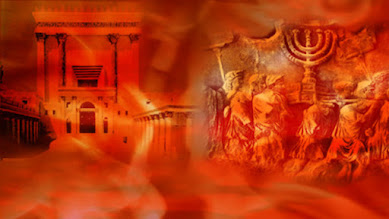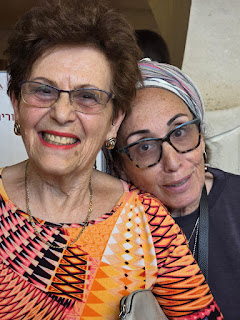The following is a piece written by Rabbi Wein some years ago for the Destiny Foundation on the significance of the month ahead being designated Menachem Av.
Though the month of Av carries with a title – menachem –
meaning comfort and consolation, it nevertheless remains the saddest and most
disturbing month of the Jewish calendar. Comfort is a great and necessary word
but, as a true concept in the real world, it is very difficult to obtain. This
is particularly true for individuals reeling from the loss of a beloved one,
but it is also generally true for our national entity—the Jewish people as well.
There has as yet been neither comfort nor closure regarding
the terrible national tragedy of the Holocaust, even though some eight decades
have passed since the event. This should come as no surprise to Jews. This is
because, to a great extent, the Jewish
people have yet to be comforted for the destruction of our Temple and our exile—events
which are almost two millennia old.
No person or institution in Jewish life is indispensable.
But neither are they replaceable. It is the void that is left because of this
irreplaceability that prevents us from experiencing true comfort. This is why the Jewish people
have remained restless and often disoriented over the long exile that we have
endured.
The sadness of the first ten days of Av permeates and resonates within us precisely because the sense of closure and comfort has eluded us. The Talmud states that there is a heavenly decree that engenders forgetfulness of the departed by those still living. However, if the object of grief and despair and loss is not truly dead but is only absent, as was the case regarding Jacob’s grief over the loss of Joseph, this sense of closure and comfort remains absent too. That is why the Torah records Jacob’s refusal to accept comfort and solace from his family and friends. Since Joseph was not dead, the heavenly decree of forgetfulness which allows comfort was inoperative.
I believe that in a strangely ironic way the fact that the
Jewish people still suffer from the anguish of the Holocaust is because of the
intense efforts made by the Jewish community to prevent forgetfulness of the
Holocaust from settling in. It is the Holocaust-deniers that wish to lull us
into a false sense of comfort, to proclaim that it is over and that therefore
bygones should remain bygones.
The Bible records that our mother Rachel refuses to be
comforted over the exile of her children because she is convinced that they are
not permanently lost or exiled and will return. This shows that there is a
positive side to not being comforted. It allows for a connection to an unknown
future that will not only provide comfort but even replacement of what and who
was lost.
The sadness and tension of the first part of the month of Av
are still with us centuries after the event of the destruction of the Temple
simply because deep within the heart and psyche of the Jewish people the Temple
is not gone, it is only missing. The entire enterprise of the return of the
millions of Jewish people to the Land of Israel over the past two centuries and
the establishment of the Jewish state in our ancient homeland is testimony to
the fact that to the Jews the Land of Israel and the Temple were not dead
issues. Those Jewish communities and individuals who “proclaimed that
Berlin is our Jerusalem” and therefore sought permanent comfort in being “good”
Germans, Russians or Poles, did not fare well in God’s world.
False comfort is far more damaging than no comfort at all.
It remained for those Jews who did not forget that they were from Zion and
Jerusalem to arise and help the Jewish people survive the worst and bloodiest
century in its long history. The prophet warns us against “being
comfortable in Zion.” Living in the Land of Israel is not a comfortable
experience though it is a holy, challenging and inspiring one. For living in
the Land of Israel makes us aware of what we have achieved against all odds and
at the same time to appreciate what is still missing. The awareness of what is
missing is what prevents us from being “comfortable in Zion.”
Accordingly the month of Av symbolizes the angst and
challenge of living a Jewish life, of being grateful for what we have and yet
maintaining a sense of loss for what we are still missing. May this month yet
bring us the feeling of menachem—of a better time and the eventual
comfort promised to us by God and His prophets.
















